How long does it take to transform someone?
This is the question that sparked a thousand thoughts when creative director Jasmin Jodry put it to the experience hive mind over on our members’ platform, WXO Connect.
“There are small transformations that might take less time, and epic ones that take more time. Events like Burning Man can really transform over 7 days, but ticketed experiences of 45-90 minutes might have a harder time as people need time to ease into them, despite onboarding and offboarding.”
Jasmin Jodry
There are lots of ways we might approach this question. Perhaps you agree with Pigalle Tavakkoli’s Emotion Change Equation: for change, you need something to happen for emotion to be peaked, either momentarily or over time. Time isn’t the key factor for transformation – understanding the audience and the intention of the design are more important.
Maybe Dr Martha Newson’s model resonates, which argues that the transformative event needs to be reflected on – often for six months or more – to be fully or permanently integrated into someone’s concept of self.
Or you could sit with Joe Pine, who says “the answer to most every question is ‘it depends’… and here it depends on how you think about it. A transformation can happen in an instant! If, that is, you don’t count all the preparatory work it took to get to that point. And if you don’t count all the hard work afterward to cement the transformation so that it is sustained over time.”
Not to mention Alain Thys’ very clever and very thought-provoking three rules for transformation, which are too good to squeeze into one paragraph.
If we know how much time it takes to transform a person, perhaps we might be able to design more effective experiences for them. But how might we discover the answer – and does it even exist?
To find out, we held an open-mic Campfire inviting our experts to share their thoughts. And because questions can be just as useful as answers, we’ve summarised their conversation as a series of 9 starter questions that you can ask yourself next time you’re looking to design for transformation.
1. How Might We Create A Timeframe For Transformation?
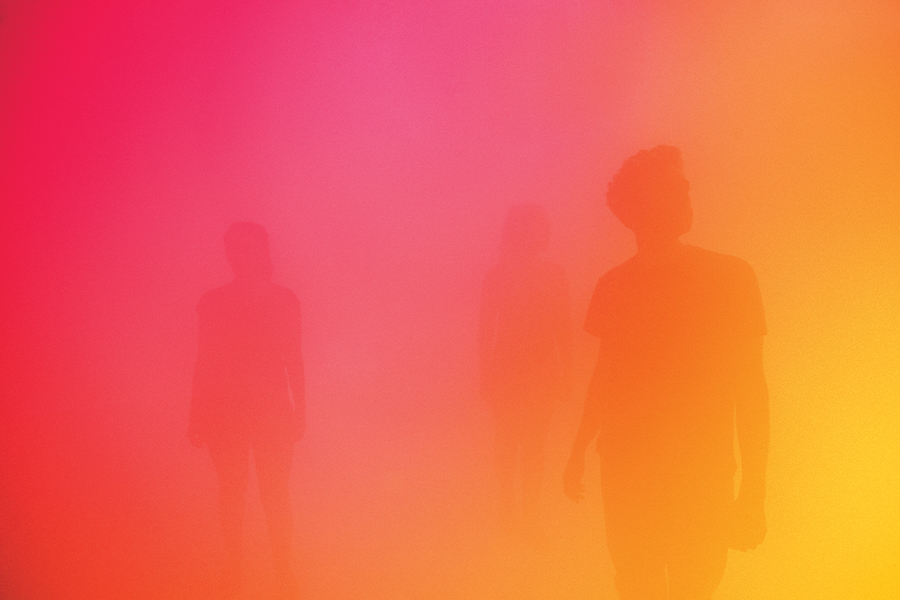
Jasmin Jodry is an award-winning creative director who’s designed immersive experiences for clients including Capital One, Range Rover and even The Red Hot Chili Peppers – check out her guide to creating memories and transformation through immersive experiences here.
But recently, she’s been pondering how we might do more to impact those on the receiving end of our experiences. There’s a lot of conversation around the power of psychedelic experiences, but Jodry views these as a shortcut to transformation, not a crucial element of it. Therapy might help to heal people, but immersive experiences can reach them in a different way and even transform them at scale.
“I want to leverage immersive entertainment by asking ‘why are we doing this?’ I want to build empathy and social connection. Empower people and bring them together. Give them a space to explore their own imagination.”
Jasmin Jodry
However to achieve this “why”, we need a practical toolkit. If you’re designing for a client, you’ll get a brief with a timeframe – how might we break this down to accommodate the necessary steps for transformation? If you’re writing an IP from scratch, how can you create experiences that are transformative at scale? Joe Pine talks about transformation as leading a horse to water, but not necessarily being able to make it drink. How might we prime people to make that change?
Jodry suggests that there might be 4 phases we need to move through in order for transformation to occur:
- Priming. This can be quick for some experiences, but might be longer for others. The key is getting to the moment that hooks people in.
- Catalyst. The staged experience, which can be 45 minutes or several months.
- Incorporation & Reflection. This happens on your own, very personal timeframe, and can be very variable as a result.
- Reminder. This might be a facilitated check-in or follow up that happens some time after the experience takes place.
So how might we begin to assign a timeframe to each of these stages?
2. How Might We Prise Open The “Black Box” Of Identity?
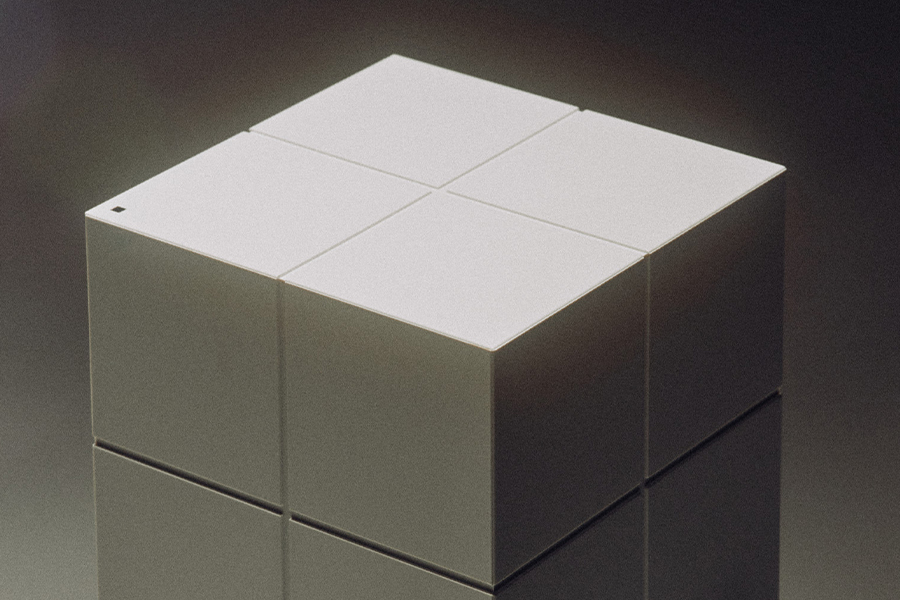
Some moments of transformation might be so impactful that they transcend the individual – but it’s likely that the precise moment of transformation is very personal. For Julia Eisenloeffel, she sees each person as a kind of “black box”: we cannot see inside and know their stories, background, or what else they’re bringing to the experience we create.
The SOR Model (Stimuli, Organism, Response) is a useful tool for thinking about this. The person we’re designing for is the organism. We can deliver the stimuli that might provoke a change. But the response, behaviour change or transformation is created inside the black box.
For some people, getting into an open state where they’re receptive to the stimuli we create is much easier. For others it’s harder, and we have to work harder to get them to open up. Storytelling is one powerful tool that might help us get inside. Another could be having a clear set of rules, as in gamified experiences, that help them to feel safe and be vulnerable to letting the stimuli in.
Eisenloeffel also thinks the role of facilitator is crucial, but that this person must possess a certain skill set to be effective. They need to have an authentic reason for being involved. They must have empathy for each participant. And they must be prepared to role-model honesty, so that those participating can also be honest and prepared to look at areas they might usually avoid. (For more on the importance of taking risks and putting yourself on the line in order to liberate your audience, read Jessica Creane on the rewards of role-less roleplay.)
3. How Might We Expand The Concept Of Time?
When we think about a timeframe, we’re likely to think of it in a linear, universal fashion. But as Denise Cannon points out, an experience can expand or contract how time feels to us, as Arthur Zards explained in his Campfire on using time as the fourth dimension of experience design. When we think about creating flow, a sense of time being suspended or timelessness is one of the conditions for flow to occur.
How this happens is also dependent on who we are. Take the movie Inside Out, which shows how experiences implant as core memories and attach to our emotions as children, affecting what moves us and how we see the world as adults. As the book Your Brain On Art explains, “brain cells that fire together wire together”: in other words, when you create meaning the connections between neurons become physically stronger, meaning you’re more likely to follow that path in future.
4. How Might We Convince People To Cross Over?
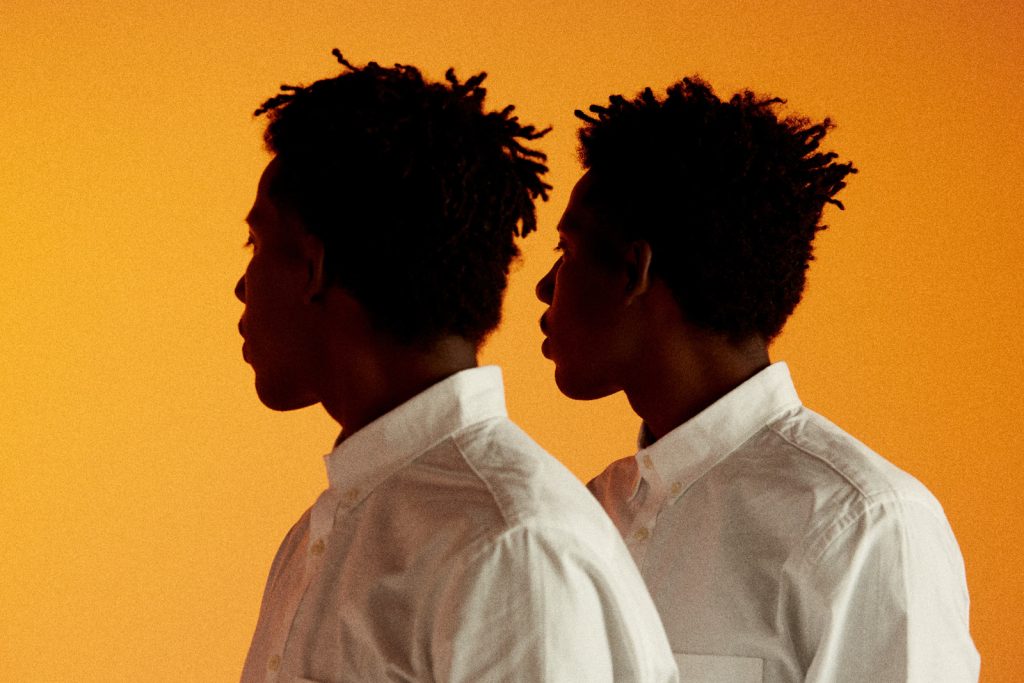
According to Julian Rad, transformation is a study in contrasts between two states.
“Transformation comes from being presented by the contrast, recognising where you stand and where you’d like to be, and making a choice or commitment to cross over. This moment of truth is where the transformation occurs. And there has to be a compelling argument to do it.”
Julian Rad
Transformation can take many forms, from education to acts of endurance or reading a poem. The triggers become important depending on the timeframe of the transformation you want to enact. For example, if you’re trying to educate someone and transform them from a novice into an expert, that will take time. If it’s on more of a personal level or related to self-improvement, we’re already laddering onto the experience that person has of being alive.
The card game We’re Not Really Strangers is an example of this quicker trigger to transform. It consists of a series of prompts that make us question our existing relationships, and according to Rad, can be “shockingly disarming and ridiculously insightful. If you play with friends who can call you out, it’s a very strong mirror!”
5. How Might We Spark Transformation At Scale?
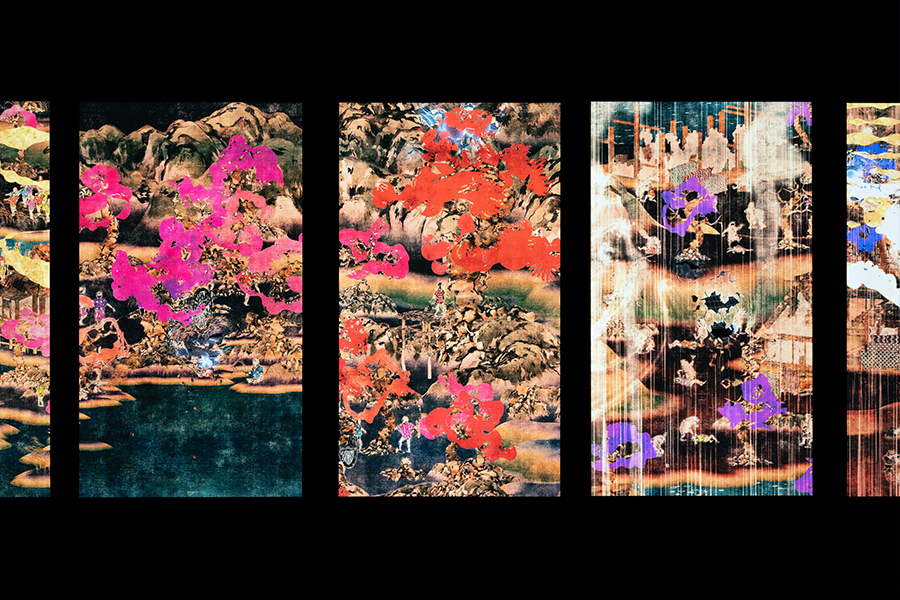
The question of how to scale our experiences is one that comes up time and time again, and it’s just as relevant when applied to transformation. The baseline assumption seems to be that the larger the audience, the less meaningful your experience might be. (See Laika Young’s presentation on the ingredients for Emotional Alchemy for more on how intimacy is key to impacting people on a deep level.)
However, how might we challenge this assumption? Charlotte-Amélie Veaux suggests that one answer might be to tackle topics that are universally meaningful, such as why we’re here on Earth, or the theme of wonder. By tapping into universal emotions, we might create transformation. This resonates with Brad Shelton’s ideas around anti-personalisation, and how some of the most transformative experiences can happen en masse – think of a Rolling Stones concert or a football game, where the number of people amplifies the impact of experience, not reduces it.
We might also design for collective spaces by using archetypes. Samantha Hardcastle uses Carl Jung’s archetypes – the Hero, Wizard, Lover, Rebel, etc.
“There are collective themes and patterns that everyone will be going through at one time. If you design for 1-2 of those archetypes, you know you’ve nailed a proportion of the population that need support. You’re zooming out and looking broadly at the emotional state, as the closer you get to someone, the harder it will be to appeal to everyone.”
Samantha Hardcastle
This is also why despite its criticisms, the Hero’s Journey is a useful metaphor for existence and storytelling tool: the person, problem, solution structure it captures happens to all of us each day. Dart Lindsley’s work on asking “what job do you hire your job to do for you?” might also be seen as creating archetypes within the workplace so we can more effectively design employee experiences for individuals within each group.
We might think we’re designing for absolutely everyone, but it’s also worth bearing in mind that by choosing to have an experience, your audience has already self-selected – they’re already slightly open to it. The neuroscientist Katherine Templar-Lewis talks about synchrony being useful for social cohesion. Being around people who are doing the same thing as us bonds us even in our differences, and makes an experience resonate.
When it comes to designing our experiences, creating a “clearing space” that allows people to cross over together is therefore really important. In a small way, this is why we ring a sound bowl at the beginning and close of each Campfire: to bring everyone together in a shared moment, regardless of where they are in their day or mindset.
Finally, having different people reacting differently to your experience is no bad thing. Lina Edris points out that transformation often comes from interacting with someone very different to you as it opens up new perspectives, gets you out of your comfort zone, and might even change the way you see the world – the very definition of transformation.
6. What Might Religion Teach Us About Transformation?
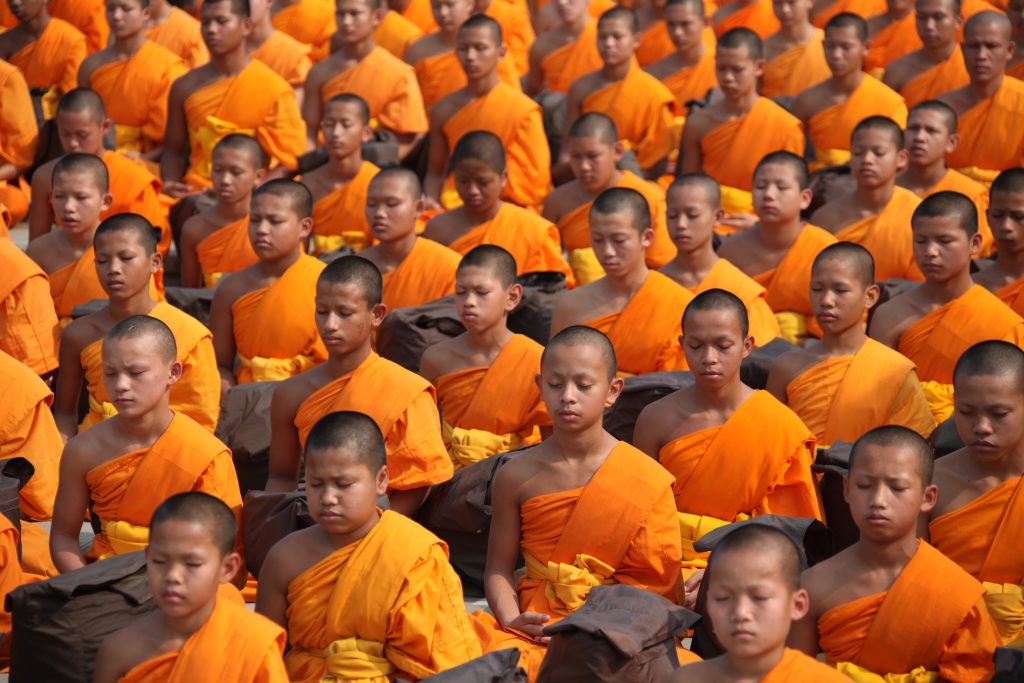
When it comes to large-scale transformative experiences, Miguel Melgarejo points out that you can’t get a better example than religion. Religions are organisations that enact rituals to create social cohesion so people are transformed – think of the design of a Catholic church service, the pilgrimage to Mecca, or the incredible design of the rules of Scientology. These are hugely successful rituals that work for a lot of people, and which bring them together from around the world around a shared story.
For this kind of large-scale transformation to work, however, people need to come to it already in the right mindset. As Jodry points out, in a religious service people are already grouped. With a wider demographic, we need to find a way to group people ourselves, whether that’s through self-selection, archetypes, questionnaires, or something else.
Religion is also an institution with set parameters, assumptions and outcomes. According to Markus Stefan, a more interesting question for our modern times and in particular Western cultures is that of co-creation, as it is more to do with individual experience than an orchestrated, institutional experience.
“I don’t think they are opposite, however: they’re two ends of the spectrum, and we’re always playing with both.”
Markus Stefan
7. How Might We Transform Someone In 90 Seconds?
Another assumption about transformation is that it takes a long time – time we might not have, particularly if we’re working within the parameters of a set brief. However, big transformations can happen in a much shorter time frame if we tap into someone’s emotions. Melanie Goodwin says that you can transform someone’s opinions and behaviours in a very profound way through film, or perhaps other kinds of art.
“Think of all the people who have gone vegan because they’ve watched a documentary, or even seen a few TikTok reels? Maybe 90 seconds could change your beliefs! I’m more progressive around trans rights because I watched films like Boys Don’t Cry, for example – they use empathy and story to change someone.”
Melanie Goodwin
If we want to create a seismic shift in someone’s character, we might need to spend a lot of time in the priming and reflection/reminder stages. But if we narrow down what we want to achieve to changing their view on something, a quick transformation might be within reach.
We shouldn’t use time as an excuse for transformation: it can happen quickly, given the right conditions. However, if emotion is what changes people and therefore designing for transformation means designing for emotion, we might get into other difficulties as emotions are not universal.
8. How Might We Use The Arts To Help People Integrate Transformation?
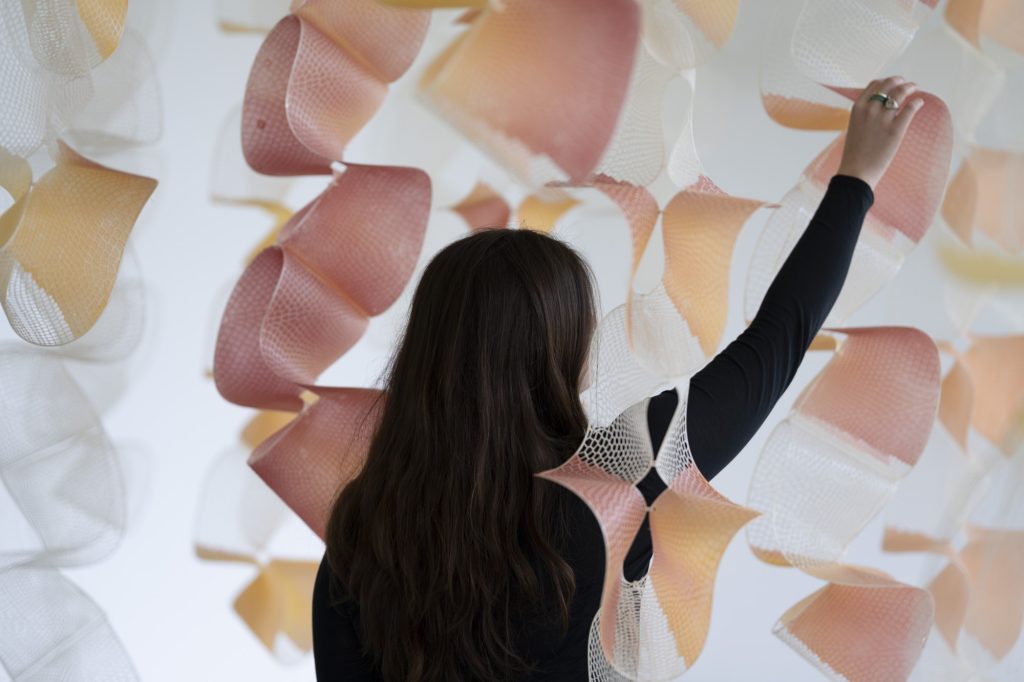
When we talk about transformation, we often focus on the moment of transformation itself – the catalyst stage described by Jodry. However, Audette Philips thinks that the “bookends” of the experience are where the transformative potential of any experience becomes realised.
“If the actual experience is done well but there’s no follow-up, it’s not as effective. The integration is where 80% of the power is.”
Audette Philips
Philips sees the arts as a way to help people integrate an experience. She’s even designed a BA degree called “Integrative Arts”. When people make something and share it with others, whether that be an artifact, theatre, ritual, music, chanting or something else, the potential for transformation increases.
“It’s about action, activation, and application. We can’t just figure out the content and push it at people: it’s when they take the content as a catalyst and do something with it that the magic happens. Transformation occurs in activation and art, not just content and consumption.”
Audette Philips
Whether it’s through the arts, play, or practical application, when we take an experience out of the confines of the catalysing moment and apply what we’ve learned in the real world, this is when it becomes “real” and a part of who we now are.
9. How Might We Design For Positive Confrontation?

If we want to transform people in a lasting and meaningful way, we need to think beyond the moment that we have them within our influence. For Mirko Trierenberg, this means thinking of the process of transformation as something that happens not in a moment, but over a whole lifetime.
“I see transformative moments as obstacles that I’ve put in someone’s path and let them deal with. It’s a positive confrontation: I know that whoever you are, you’re somewhere, you’re moving, and you’re transforming, because everybody is. So if I drop something in your way that I think might be meaningful, it might make you reflect, stop, or turn around and run away, and I’ve done what I can.”
Mirko Trierenberg
We might be able to repeat these prompts so that they’re not just a one-off, but something that continues to steer people in their journey.
“Sometimes people might be on a path and this peak moment will resonate with them and help them transform. For other people it might not. There are lots of waypoints: we decide what to throw into people’s paths, and they decide what to do with it.”
Mirko Trierenberg
Transformation isn’t meant to be easy: it’s meant to be a challenge for both the person prompting it and the person undergoing it. Rather than the limiting analogy of leading the horse to water and seeing if it will drink, here we’re giving them a trigger and letting them define the direction they take as a result. (For more on this, see the book The Obstacle Is The Way by Ryan Holiday.)
The WXO Take-Out
As with most interesting questions, whether we can define a timeframe for transformation breeds more questions in its wake. This doesn’t mean that we’re without answers, however – instead it gives us some potential directions to explore in the deeply complicated, personal and challenging ambition of changing people’s beliefs, behaviours and lives.
When considering how long it takes to transform someone, the answer often comes down to the individual and what they’re bringing to our experiences. But if we can’t know for sure, particularly when designing for larger groups, then we can use rituals, archetypes, storytelling, prompts and triggers, and the arts to prime, catalyse, integrate and reflect on the transformation we want to enact.
So next time you’re designing an experience, ask yourself:
- Is there a time minimum for transformational experiences or is there no such thing?
- If so, what is the time minimum in your opinion?
- How can you prime guests for transformation, and follow through afterwards to make sure it takes hold?
To apply to join the WXO and attend future Campfires, click here.





